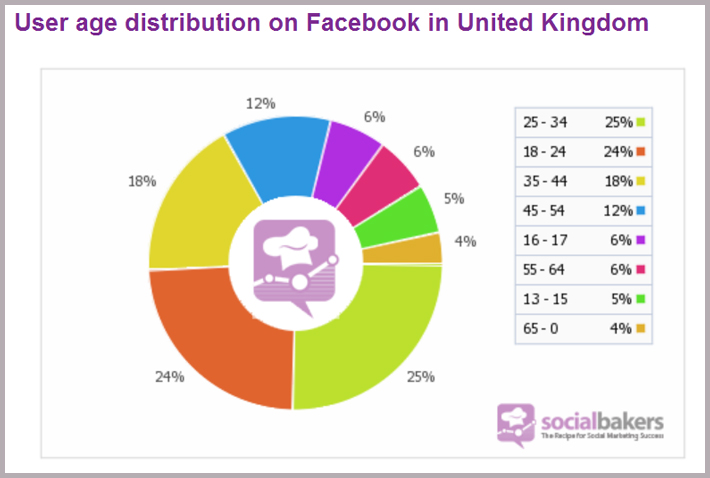
Planning a social media campaign
Social media continues to sweep through the marketing departments of businesses large and small. Eager marketers are commissioning digital and PR agencies to build Facebook apps, Twitter pages and blogs, and then populating them with a seemingly random range of comments and promotional messages that so often fail to have the impact expected.
If you are developing a social media campaign for your client it is crucial that it is well planned before a single status message, tweet or video is uploaded. This ensures that the stakeholders’ expectations are managed and that the scope of the project doesn’t creep beyond its original scale and budget.
The campaign planning stages are described below.
requirements gathering
Your client should have a specific reason for wishing to undertake a social media campaign. Ultimately it will probably be to generate more sales but sometimes companies mention softer goals such as raising brand awareness. Often, however, a client will not have set any outcomes for the campaign and just want to get involved with social media. In this case it’s important to encourage the client to articulate exactly what they want to achieve from social media. Simply saying that “we want to do social media” is not sufficient.
Campaign goals could include:
- Increase revenue through e-commerce
- Collect user generated content
- Increase web traffic
- Generate awareness of products or services
- Encourage brand loyalty and peer support
- Collaboration and innovation (e.g. crowd sourcing or product testing)
- Event promotion
- Sale promotion
- Reduce technical support
- Increase email subscription
- Drive telephone sales
- Brand awareness
- Customer support
As well as determining specific objectives for the campaign the requirements gathering stage will identify the target audience and potential size of the market.
You should develop a questionnaire
analysis of the client’s business
To effectively manage social media messages it is vital to have a thorough understanding of the client’s business. The information that should be gleaned from the client includes:
- Business structure in terms of divisions and/or departments
- Management structure
- Size of business, number of sites and international presence
- Products and services
- The business model and pricing
- Company culture
- Main competitors
- The landscape of the client’s industry and/or sector
Although you will probably never know the business as thoroughly as the client you should understand their core products and services and know the individuals responsible for each product line.
In most cases your point of contact within the client’s organisation will be someone in the marketing department. Social media covers much more than just marketing, so ask your contact to arrange meetings with sales teams, customer services staff, product managers, HR and so on. By speaking with representatives of each department you will have a far more rounded view of how the business operates.
client’s current or previous social media activity
If the client is currently undertaking any social media activity or has previously run a social media campaign you need to understand what they do (or did do) and the outcomes. This will include identifying the social channels they use, the content they produce and the details of the fans and followers they have engaged. The chances are that they will not be taking a structured approach to social media and so it is important to stress that by planning a social media campaign the return will be greater than simply pushing out messages on social channels.
At the same time use your social media monitoring tools to find out whether people are discussing the company, its brands or products, and what they are saying. If you don’t have enterprise monitoring software use Twitter search and free tools like Social Mention or Trackur.
competitor analysis
At the same time as analysing the client’s business you should research what their competitors are doing. This should result in similar data arising from the analysis of the client’s business. It will include the competitors’ business structure, product range, prices and so on. At the same time you will review what social media activity the competitors are undertaking and benchmark it against the client’s.
To organise your analysis, create a spreadsheet and enter the client name and 5 or so top competitors along the top. Down the left hand side enter the information you are evaluating, e.g. market share, turnover, number of Twitter followers, average number of blogs published per month etc. This will give you a single sheet that allows you to compare your client with their competitors.
existing content audit
Clients will already have a number of documents, white papers, slideshows, video clips, brochures and photographs that can be repurposed for use in social media. For example a print article could be re-written as a blog post or an analogue video digitised and uploaded to a YouTube channel.
Clients should be encouraged to find any existing material, sales brochures and media assets. These could be historic as well as current because articles that compare modern products with their predecessors are quite popular on the web.
Dig deep into your client’s archives to discover items that could form the basis of shareable social content. Ask staff from the production department to provide technical papers and specifications, or approach sales people for publishable sales statistics. Aim to get as much potential content as possible.
SWOT analysis
After performing the previous research tasks you will be able to carry out a SWOT (strengths, weaknesses, opportunities and threats) analysis of the client’s business in terms of social media. The SWOT grid is shown below:
Strengths E.g.
|
Weaknesses E.g.
|
OpportunitiesE.g.
|
ThreatsE.g.
|
Brainstorming within the campaign team is a good way of discovering the client’s strengths, weaknesses and so on.
The SWOT analysis provides an at-a-glance summary of the potential barriers to a social media campaign as well as the areas where quick wins might be made. These will provide the backbone to the client’s social media strategy.
conclusion
Thorough planning will provide you with an understanding of the client’s requirements, the business landscape in which they operate and details of their principle competitors. It enables you to develop a solid strategy that meets the client’s needs as well as identifying and matching the needs of their customers, whilst differentiating them from other businesses in their sector.




